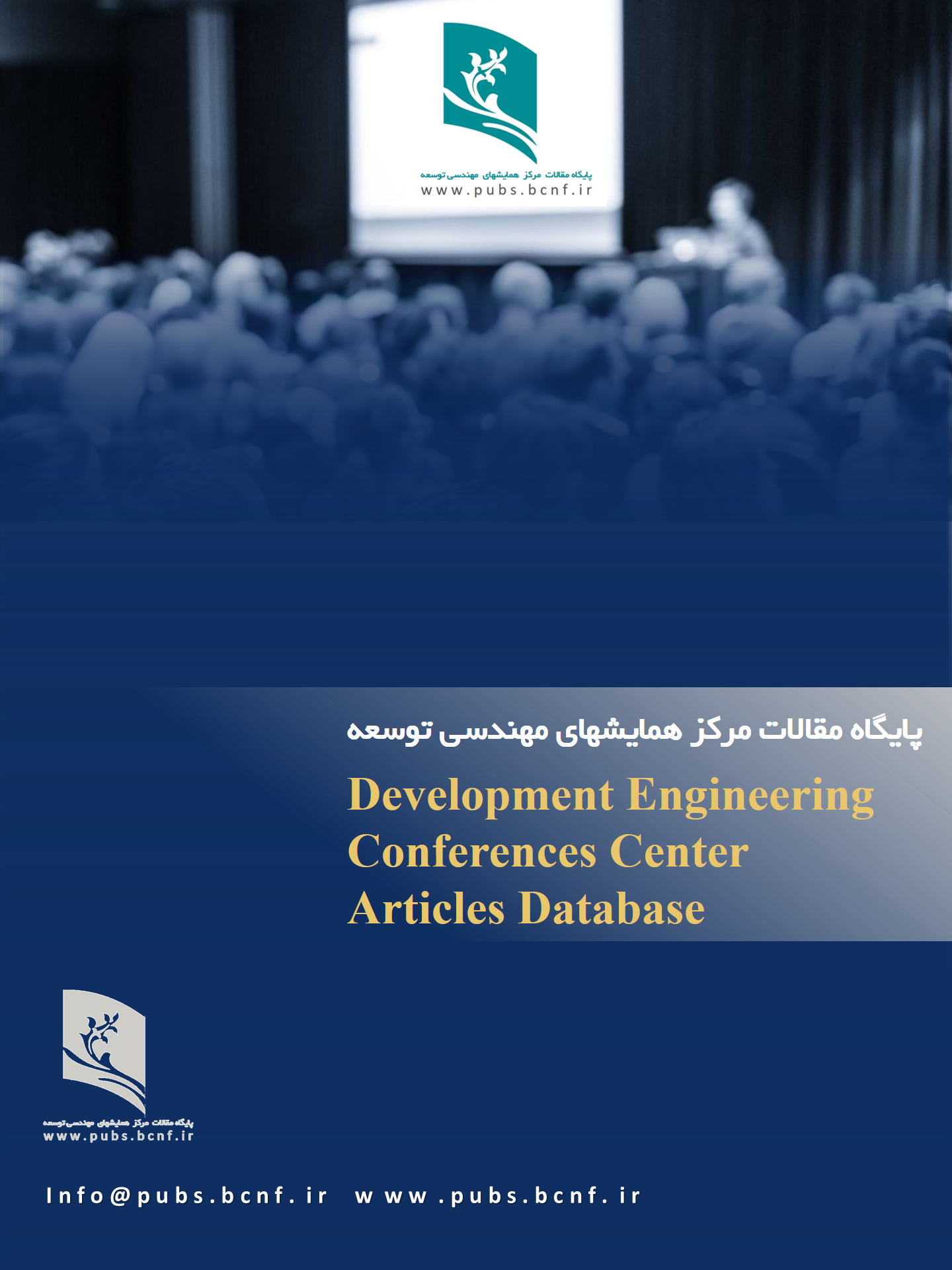Review: Near Infrared (NIR) Spectroscopy as a Means of Improving Feed Production
کلمات کلیدی:
NIR, Feed, Livestock, Analysis, Seedچکیده
In recent years, science and technology are helpful to have better measurement or purity calibration on our specific activities. Over time lack of accuracy, Analyzing production data to identify opportunities for cost reduction and productivity improvement and off farm methods lead studies to improve methods that’s more accessible on farm and more efficient than others technique. Based on the Near Infrared (NIR) spectroscope information we can have better management of feed products therefore it is going to effect on livestock products.
For reasons that we are going to discuss, we can claim that Near Infrared (NIR) spectroscopy is the most efficient method of this technique. NIR is useful to measure purity of material components such as feed ingredients.
دانلودها
مراجع
Rahman, Abdur, et al. "Use and calibration of near infrared reflectance spectroscopy in feed analysis: a mini review." Pakistan Journal of Life and Social Sciences 13.1 (2015): 1-7.
Givens, D. I., J. L. De Boever, and E. R. Deaville. "The principles, practices and some future applications of near infrared spectroscopy for predicting the nutritive value of foods for animals and humans." Nutrition research reviews 10.1 (1997): 83-114.
Vincent, Baeten, and Pierre Dardenne. "Application of NIR in Agriculture." Near-Infrared Spectroscopy: Theory, Spectral Analysis, Instrumentation, and Applications (2021): 331-345.
Rego, Guillermo, et al. "A portable IoT NIR spectroscopic system to analyze the quality of dairy farm forage." Computers and electronics in agriculture 175 (2020): 105578.
Corson, D. C., et al. "NIRS: Forage analysis and livestock feeding." Proceedings of the New Zealand Grassland Association. 1999.
Blanco, M., and I. N. I. R. Villarroya. "NIR spectroscopy: a rapid-response analytical tool." TrAC Trends in Analytical Chemistry 21.4 (2002): 240-250.
Davies, A. M. C. "An introduction to near infrared spectroscopy." NIR news 16.7 (2005): 9-11.
Wajizah, Sitti, and Agus Arip Munawar. "Near infrared spectroscopy (NIRS) data analysis for a rapid and simultaneous prediction of feed nutritive parameters." Data in brief 29 (2020): 105211.
Ren, Wei-Bo, et al. "The application of near-infrared reflectance spectroscopy in seeds quality certification." Guang pu xue yu Guang pu fen xi= Guang pu 28.3 (2008): 555-558.



